The digitization of mobility depends on data centers and these are increasingly representing a larger proportion of electricity consumption. The strategies of decarbonization are essential
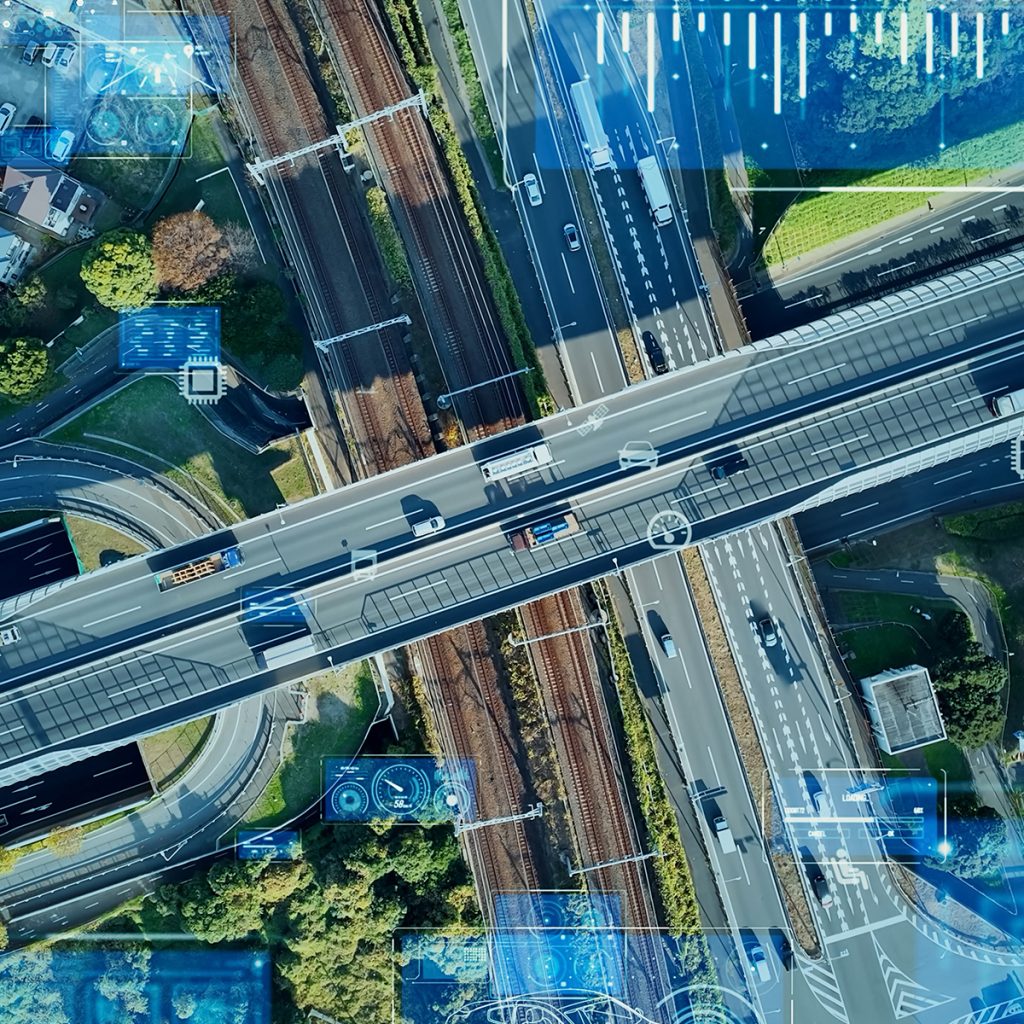
A recent study by a group of academics from Chinese and American universities have identified a battery of measures with which, according to them, data centers can reduce energy consumption by 20 to 40% by optimizing equipment, and between 15 and 27% by introducing better refrigeration techniques.
All this would affect the two areas that represent 80% of the electricity consumption of data centers: the energy that the servers need to operate and the cooling devices (using large quantities of water) that guarantee their stability. The rest is consumed by the dynamics of useful life, breakdowns and the replacement of equipment
According to the study, operators should build data centers in easily accessible locations with access to the necessary natural resources, accelerate their intelligent and unified management, build integrated computing and storage data centers that are compatible with heterogeneous resources and optimized business models and materialize, ultimately, a diversified and large-scale use of renewable energies.
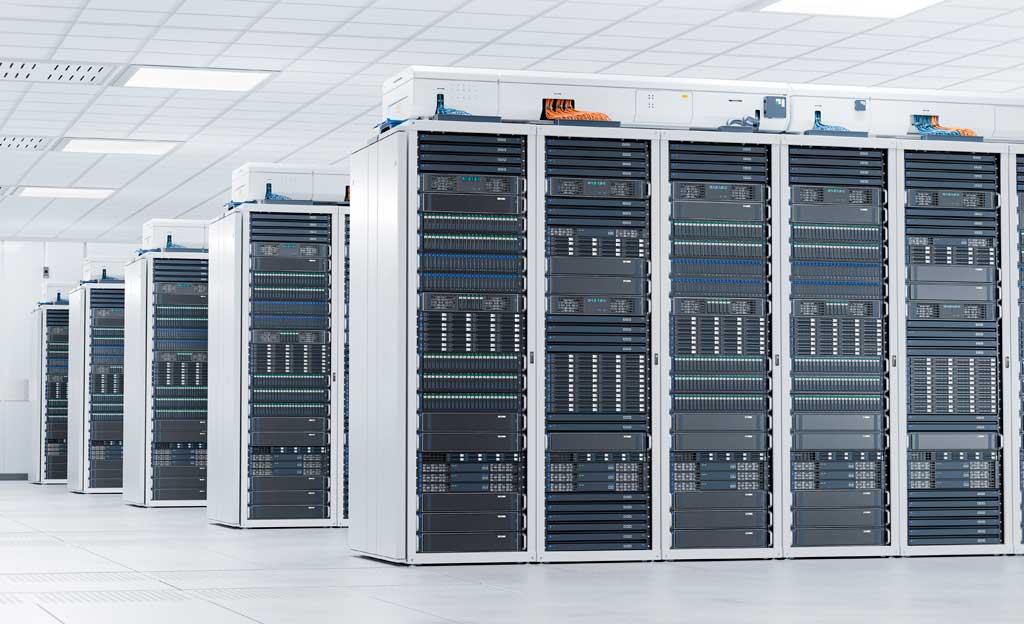
The large operators in the sector are already working on many of these areas, and no wonder. This year, the International Energy Agency published its forecasts on the electrical consumption of data centers for 2026, while key regulators such as the European Commission have approved new emissions transparency standards for infrastructure and, at the beginning of the summer, firms like Google acknowledged that their emissions took off by almost 50% between 2019 and 2023 due, above all, to its data centers.
Between 2022 and 2026, data centers could double their global demand for Electricity, according to the forecasts of the International Energy Agency, rising from 460 to more than 1,000 terawatts/hour. This would be equivalent to adding the consumption of a large economy like Japan to the international supply network in only four years.
One of the reasons for this is the artificial intelligence revolution in the major powers in the world. Right now, there are more than 8,000 data centers globally: half are in Europe and the United States and around 10% in China.
It is also necessary to add the influence of local incentives and needs to deploy these infrastructures. In the United States, for example, data centers could go from representing 4% of total electricity demand to representing 6%. The growth will have a lot to do, in any case, with the expansion of 5G networks, cloud-based services and aid offered by states to companies so that they settle and create jobs in their territories.
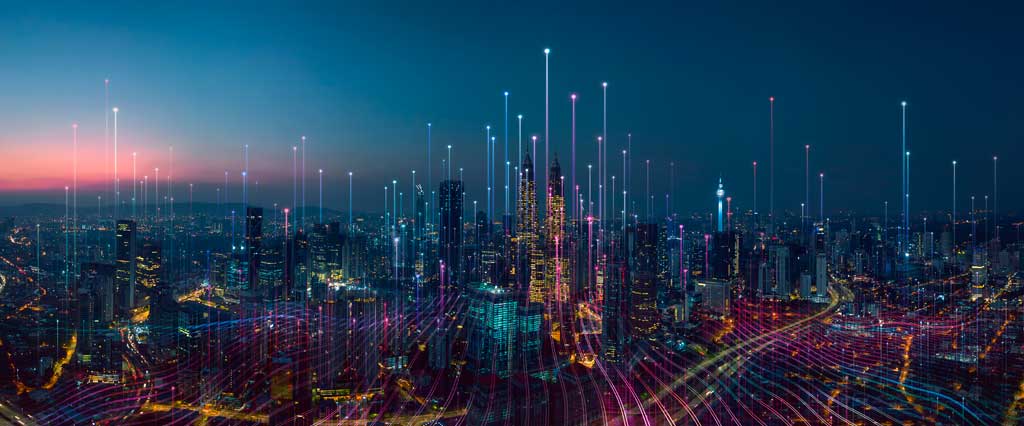
The situation of the European Union and China shares some elements with that in the United States, but there are also notable differences. While Virginia (in part thanks to Amazon) has more data centers than California, with Silicon Valley, in Europe, many of these infrastructures are set in the vicinity of large cities with wide belts of financial activity such as Frankfurt, Paris, London, Amsterdam and Dublin.
Another aspect that reflects the diversity of international experiences is that, although in Europe the demand for electricity is less affected by data centers (it barely represents 4%), there are small states, such as Denmark and especially Ireland, where its weight is overwhelming.
The International Energy Agency believes that these centers already represent almost 20% of Irish consumption and that, by 2026, the figure will have climbed to a spectacular 32%. Ireland could add another 54 data centers to the list in the short term, when the works on the infrastructure that is already under construction are completed and approved.
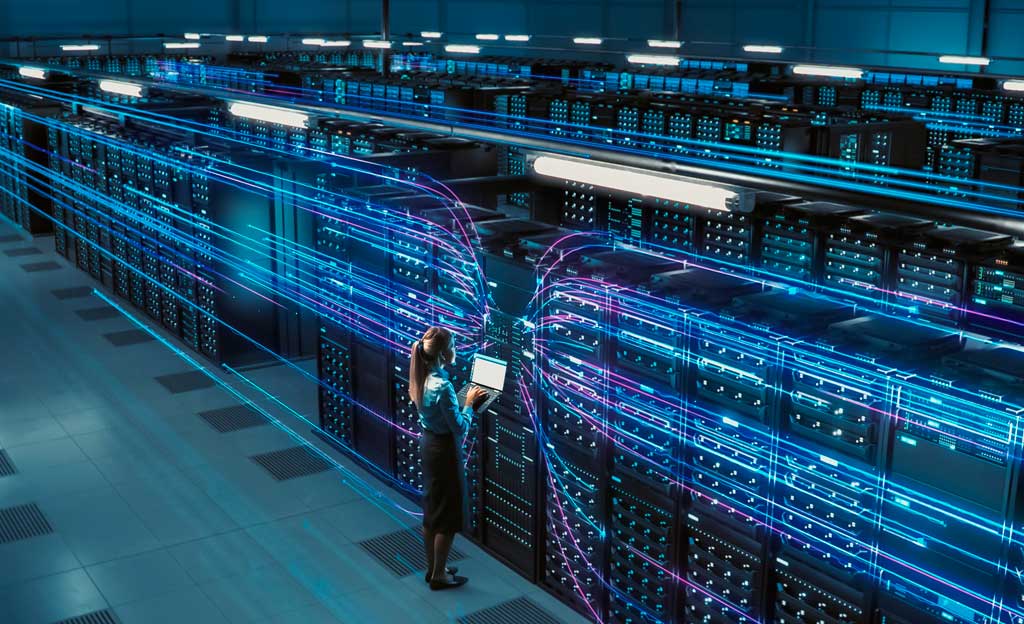
Smart mobility
The impact of these facilities on smart mobility must be observed in two dimensions: that of urban mobility and that of medium- and long-term logistics distance.
According to a large survey by the consulting firm McKinsey, large logistics operators have expanded their technological investment since 2020. The supply crises of the years following the outbreak of the pandemic have accelerated it, because the rigidity of supply chains was one of the drivers of crises and inflation.
Now, logistics operators are betting more on taking advantage in their distribution chains of the flexibility, long-term efficiency and diversification of risk offered by heavy investments in technology and the automated analysis of data and innovative strategies that seek suppliers which are closer and less geographically concentrated.
Thus, large logistics has accelerated its transition towards the intelligent mobility of goods by intensifying the real-time tracking of vehicles, the optimization of routes with the help of augmented reality, the greater robotization of centers and inventory systems and the creation and management of digital twins of their own warehouses. All these technologies imply greater use of data centers.
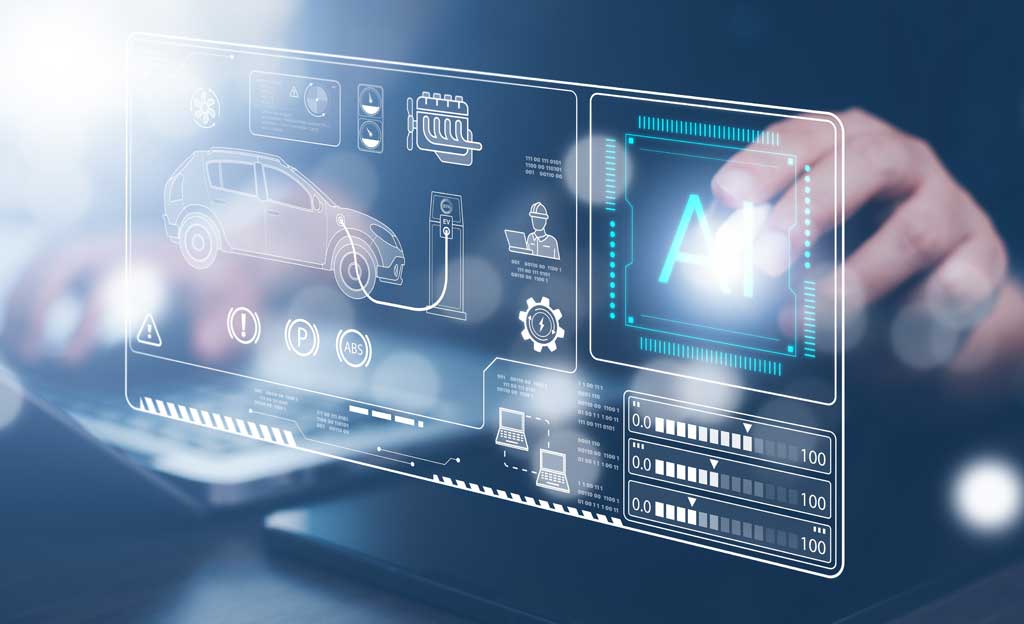
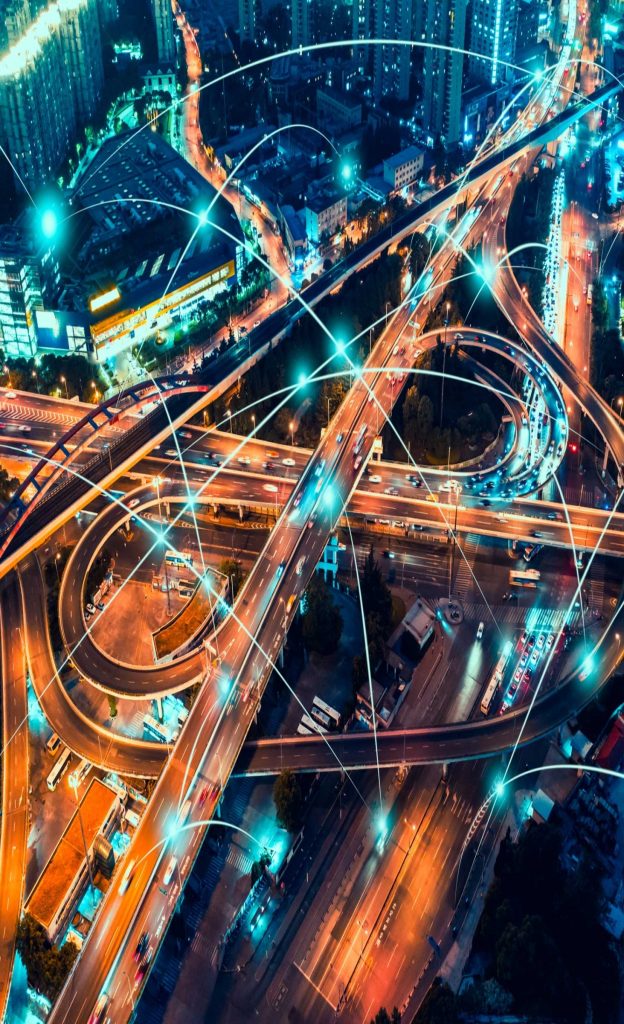
Beyond medium and long-distance logistics and its goods, researchers Riccardo D’ Alberto and Henri Giudici also recently described the deep addiction to data (and, therefore, the increasing capacity of the centers that store and process it) of urban smart mobility.
The new concepts of smart cities are contributing to this voracity in areas such as intelligent transport systems with public and private vehicles, road traffic management devices that include routes that favor the reduction of emissions and the management of human traffic through the geolocation of mobile phones and interaction on social networks.
If data centers already determine the deployment of urban mobility and smart logistics and, in addition, they represent a considerable portion of the total consumption of electricity according to the International Energy Agency, then these facilities are key to any strategy that promotes long-term sustainability. This is why, in March, the European Commission took a first step towards the transparent assessment of each data center.
With this first step, the operators of these infrastructures must share with regulators their main sustainability indicators on the 15th of September and, with updated information, on the 15th of May in upcoming years. In this way, Brussels wants to create a sustainable classification system for all EU centers.
Obviously, data centers have already begun to play an important role in any strategy that is committed to substantial progress in sustainability in general and, very especially, in many of the key aspects of smart mobility. And this is precisely what is encouraging infrastructure operators to design new formulas to limit emissions, maximize the efficiency of its electrical consumption and make better use of resources such as water for cooling or the sun and wind as energy sources. What will be the next steps?
By Gonzalo Toca